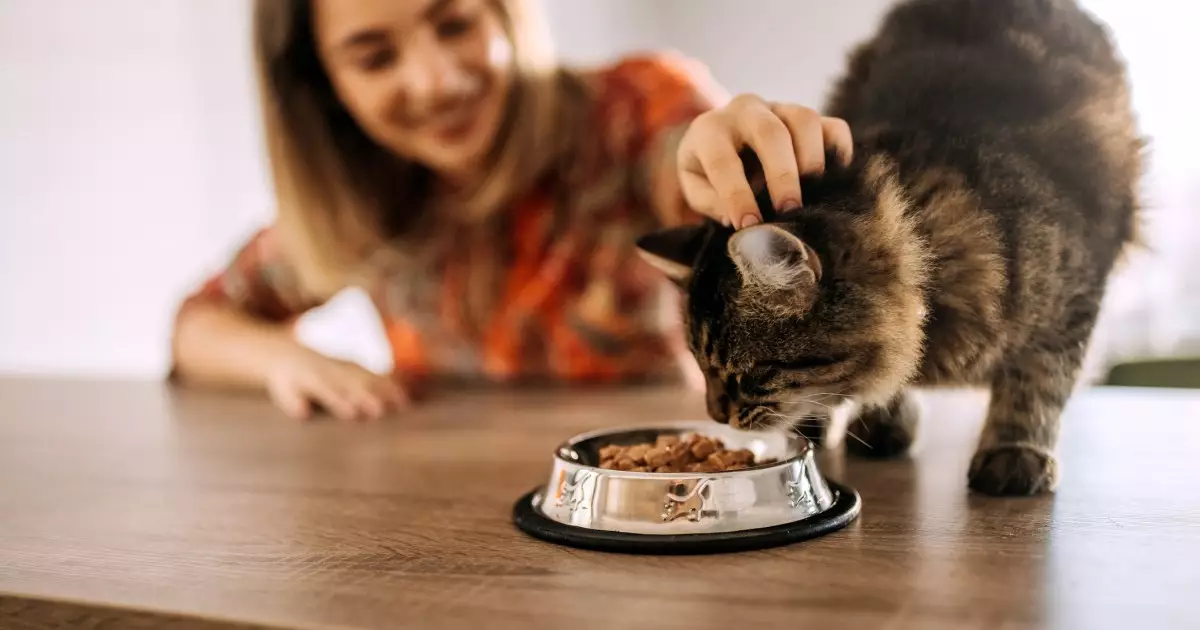As loving caregivers to our feline companions, we are often tasked with making important decisions about their well-being. A crucial aspect of this responsibility encompasses the nutritional care we provide. One contentious topic that arises in the realm of pet nutrition is the practice of free feeding. This method entails leaving food accessible to cats at all times, allowing them to eat whenever they choose. While it may appear to be a considerate approach, it is important to evaluate whether free feeding is truly beneficial for our cats. This article will delve into the rationale behind free feeding, explore its advantages, and highlight the potential pitfalls associated with it, equipping pet owners to make informed choices for their furry friends.
Many cat owners are drawn to free feeding primarily because of its convenience. With our increasingly busy lifestyles, the idea of not adhering to specific meal times is enticing. Free feeding allows pet parents to avoid routine interruptions and gives them flexibility, which is especially beneficial for those who work long hours or travel frequently. Moreover, in homes with multiple cats, this approach supposedly ensures that every animal has access to food at any time, potentially reducing competition and stress among pets.
Additionally, proponents of free feeding argue that it replicates a cat’s natural behavior of grazing. In the wild, cats often hunt and eat small meals throughout the day. Thus, it’s posited that free feeding can mirror this behavior, allowing cats to satisfy their hunger instincts without the constraints of a feeding schedule.
However, the drawbacks of free feeding cannot be overlooked. A primary concern is the increased risk of obesity. With constant access to food, many cats fall into a pattern of overeating, consuming more calories than they truly need. This surplus can lead to significant weight gain, which is linked to numerous health complications, such as diabetes, arthritis, and other serious conditions. The challenge of monitoring a cat’s food intake autonomously makes it hard for owners to detect changes in appetite that may signal health issues.
Additionally, free feeding can inadvertently contribute to a cycle of dehydration. Every time a cat eats, it must allocate water from its body to facilitate digestion, potentially leading to a state of chronic dehydration. This can be particularly problematic over prolonged periods, as dehydration can damage vital organs and lead to urinary tract issues.
Another significant disadvantage of free feeding is its effect on the litter box habit. Scheduled feedings typically lend themselves to more predictable elimination patterns. When cats eat at set intervals, pet parents can anticipate when their cats are likely to need the litter box. In contrast, the unpredictable nature of free feeding can complicate litter box maintenance, making it harder to keep things clean and hygienic.
For pet owners who might still be attracted to the idea of free feeding, it is essential to adopt careful monitoring practices. This includes measuring portion sizes, assessing your cat’s overall weight regularly, and ensuring that they engage in regular interactive play to counterbalance any potential weight gain.
Conversely, many veterinarians advocate for scheduled feedings as a healthier alternative. This structured approach offers benefits such as easier monitoring of food intake, the ability to identify behavioral or health changes, and a consistent litter box routine that fosters cleanliness and hygiene.
While free feeding offers some convenience, it carries a host of potential risks that should not be ignored. As pet parents, our priority must be the health and well-being of our feline companions. Careful consideration of feeding methods, alongside guidance from your veterinarian, is crucial. The ultimate goal is to find the approach that not only meets our convenience needs but also actively promotes a healthy and thriving lifestyle for our cherished cats. Whether through free feeding or scheduled meals, informed decisions lead to happier, healthier fur babies.
